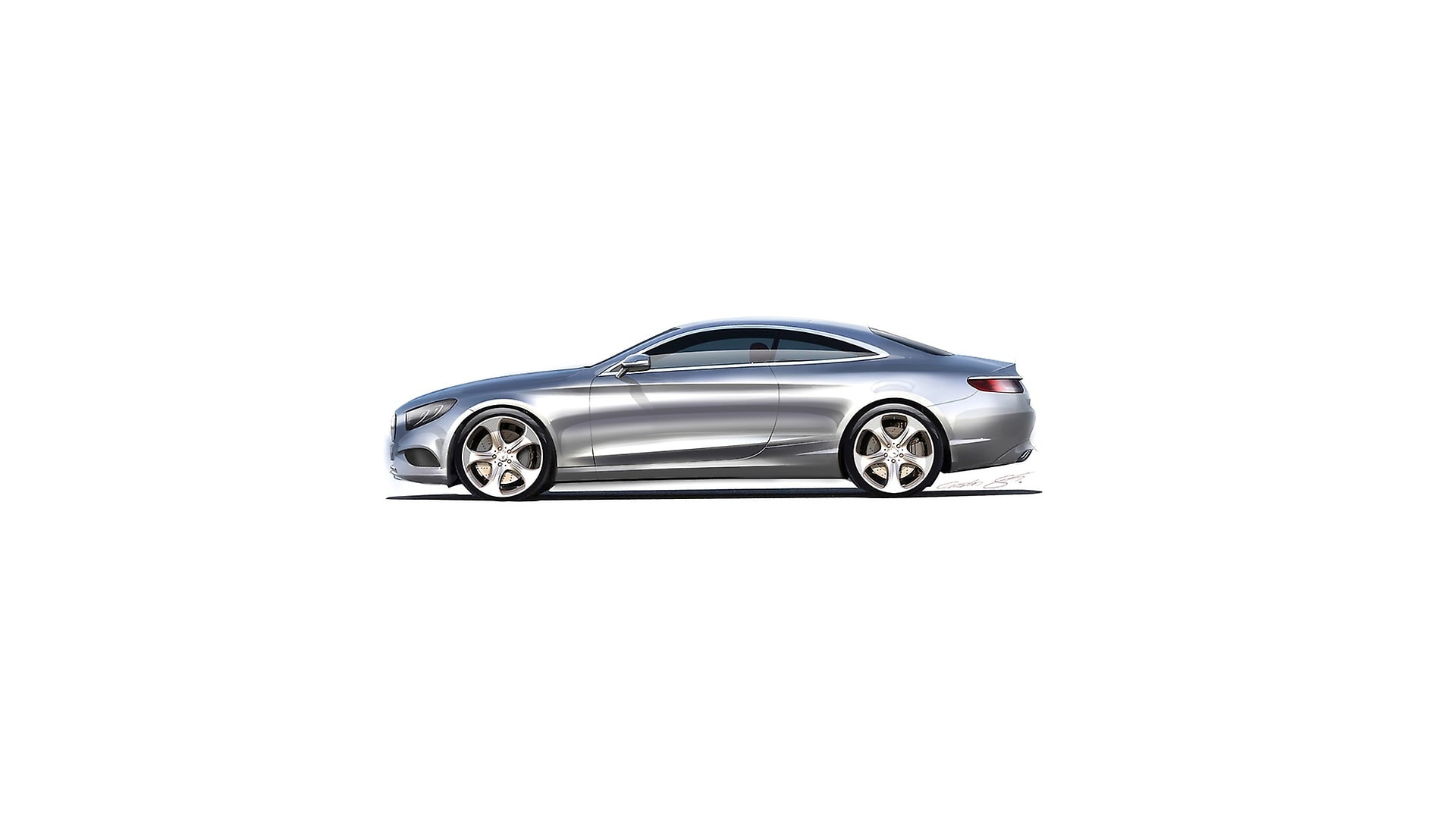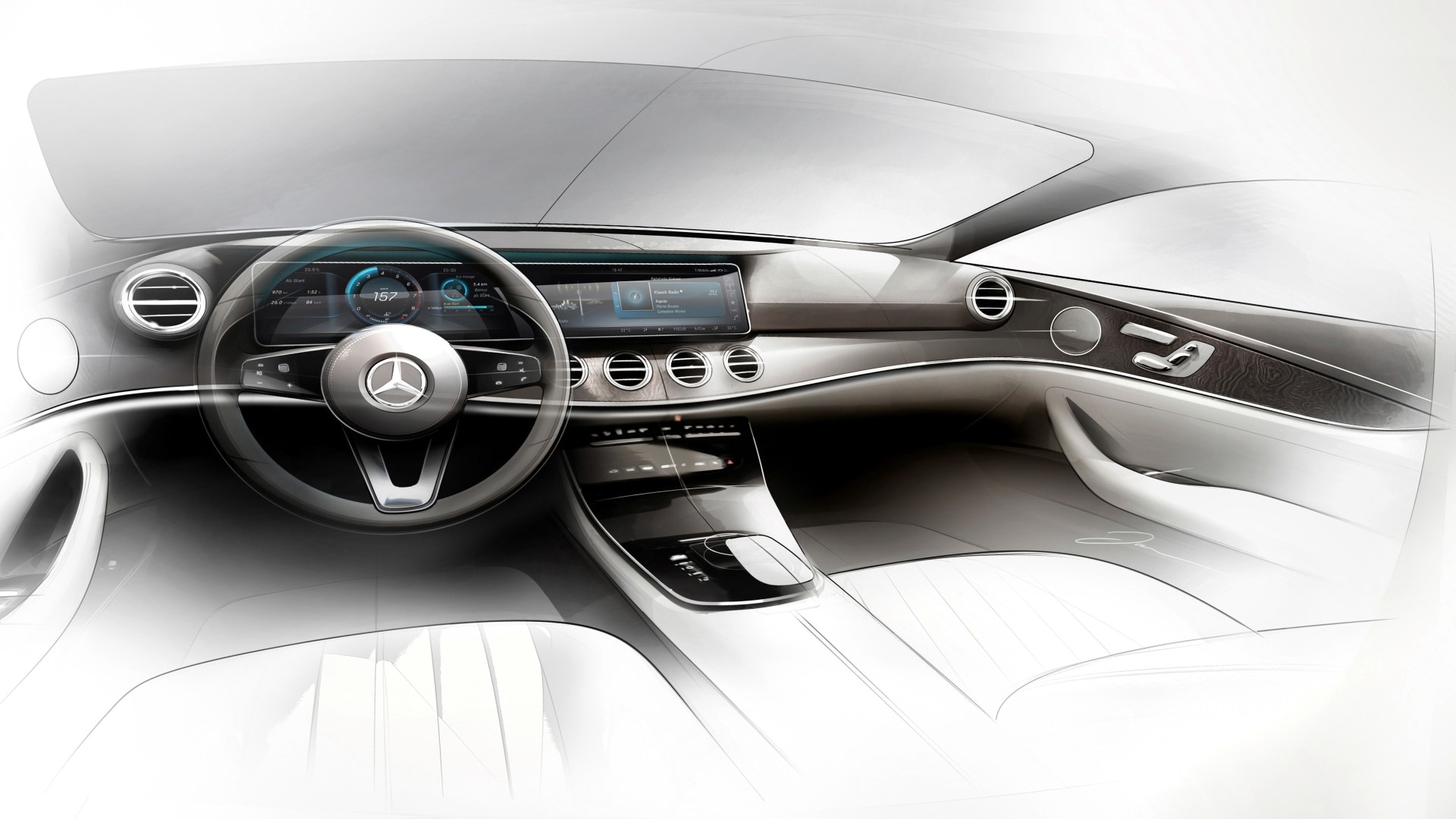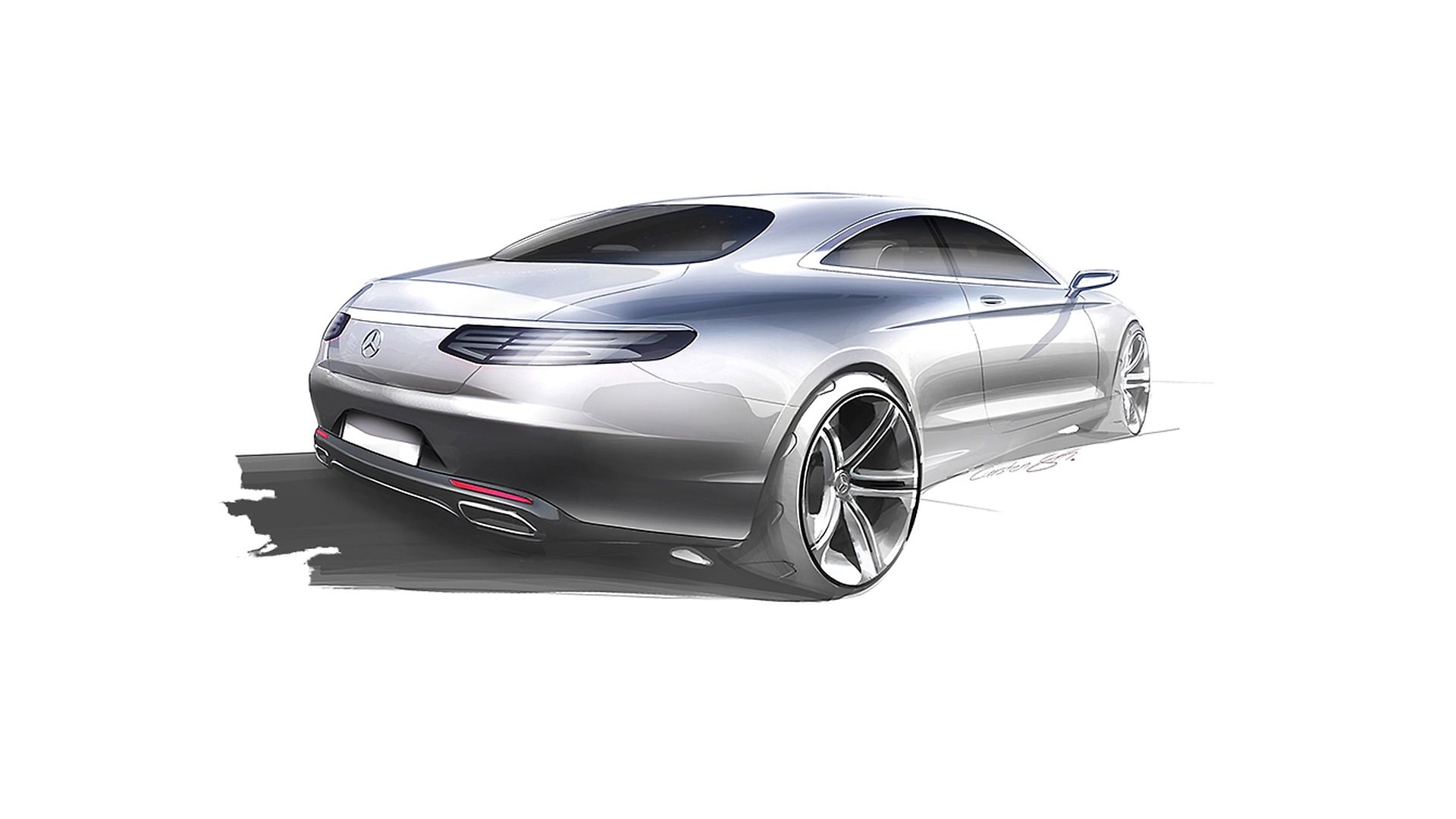Design is crucial to a brand and a holistic design approach is paramount. For this reason, Daimler AG designers are responsible for designing all brands and products within the company: from the smallest model series smart to Mercedes-Benz models and also commercial vehicles.
Perceptible passion paired with the courage to try something new, high levels of quality and aesthetics, excitement and style – these are all words that the public and specialists frequently link to the current passenger car design by the premium brand from Stuttgart. Important components include the awareness of the brand's unique history that merges intelligence and emotion, a new design idiom that combines sensuality with purist clarity as well as the courage to refuse to accept limitations and to break boundaries with innovative ideas and produce attractive automotive visions.

Good design must be beautiful, but also intelligent.
Gorden Wagener
Chief Design Officer Mercedes-Benz AG

It is for a reason that the majority of Mercedes-Benz cars provide the best aerodynamics characteristics in their segment. Emotion and rationality go hand in hand and this is the important message of the current Mercedes-Benz design, which follows a well-considered strategy. The objective is to create clear shapes and smooth surfaces so as to showcase high-tech and simultaneously trigger emotions. This design idiom is defined by firmly anchored principles. The focus of the designers at Mercedes-Benz is therefore always on designing vehicles in a unique way, and thus in a manner which is both rich in contrasts and stimulating, while also creating inspirational proportions. Clear basic forms designed with sensually flowing lines exhibit a refined depth of design to form the centre of attention, whereby each Mercedes-Benz exudes a natural sense of appeal. Production specialists and pre-developers already work hand in hand with designers during the early stages to verify what is feasible and search for methods to bring new and ambitious design targets to large-scale series production. In this process, elements such as lines that emerge gently from surfaces to then harmoniously merge into others represent challenges, as do material properties, the implementation of different functions, high levels of accuracy, statics, safety aspects and many more factors besides.
Also on the inside: modern luxury
The design philosophy of sensual purity is also pivotal as part of interior design. Its shapes define a modern embodiment of luxury that calls for emotional, authentic experiences. For this reason, Mercedes-Benz is increasingly bringing high-tech and traditional craftsmanship into the focus of the vehicle interior. True pleasure results from a reduction to what is essential. Harmonious wrap-around effects with flowing lines, curved tunnel consoles, hovering instrument panels, high-quality materials, such as stainless steel speaker covers and a careful attention to detail create a feeling that says "welcome home". Typical Mercedes elements, such as the round air vents or the seat adjustment switches that have been integrated into the doors, create a brand experience throughout all model series. Each Mercedes is a holistic experience and our interior plays a vital role in contributing to how tangible a maximum of modern luxury can be, thanks to a high degree of value, manufacturing quality and an outstanding feel", Gorden Wagener explains.
Dialogue with the future: Advanced Design Studios
Designers at Daimler's design units develop vehicles every day which will only become eye-catchers on the road in years to come. However, their colleagues at the five Mercedes-Benz Advanced Design Studios look even further into the future. They often think a decade and more ahead. In this process, they not only look at the domestic market, but also absorb new trends from other continents and cultures. Their objective is to imagine the global future, maintain a cultural exchange and identify trends. For this reason, four of the five Mercedes-Benz Advanced Design Studios are outside Germany. The Advanced Design Studios are located in Sindelfingen (Germany), Como (Italy), Beijing (China), Carlsbad and Sunnyvale (California, USA). The Como studio specialises in future vehicles' interiors, primarily as a result of its location within the famous triangle between the cities of Como, Milan and Turin. The Advanced Design Studio Beijing plays a pivotal role in terms of new mobility concepts and collaborations. While the designers in Carlsbad focus on the exterior of the vehicles of tomorrow and beyond, the team at the Advanced Design Studio in Sunnyvale shapes the digital future as well as holistic interfaces for vehicles. All creative elements then come together in Sindelfingen.
The modus operandi for Mercedes-Benz design
A new vehicle progresses through many stages of work from the first sketch to model series approval, with the edging ever closer to the final vehicle. Each design process always starts as a sketch – be it by hand or computer. After having selected a final version from a multitude of drawings, initial clay models are built on a scale of 1:4. The final shape of the new vehicle is then selected from several model variants on a scale of 1:4. The first, full-scale prototype is made of clay using scanning and milling machines. The result is a deceptively realistic model that visualises all the new vehicle's characteristic features. Prototypes are physically fine-tuned on the clay models, but also virtually using the Powerwall – a vast projection screen designers use to visualise and analyse their concepts from different perspectives. All details on the inside and outside of the vehicles are produced by hand. For instance, colour and trim designers select materials and colours for surfaces on the inside of the vehicle from hundreds of fabric, leather, wood and metal samples. The design process ends after technical approval and acceptance of data control models.




